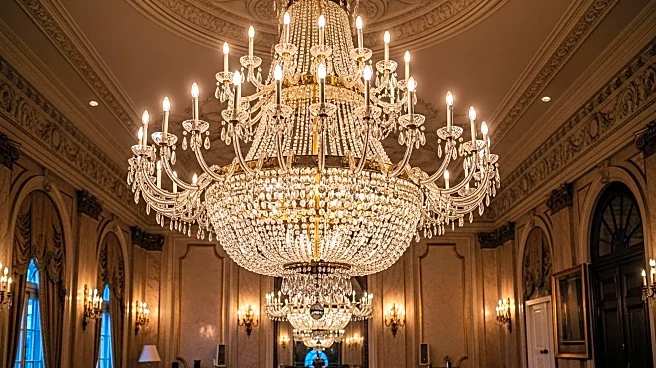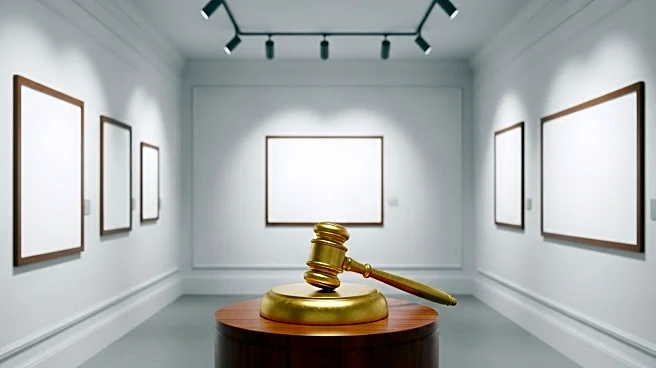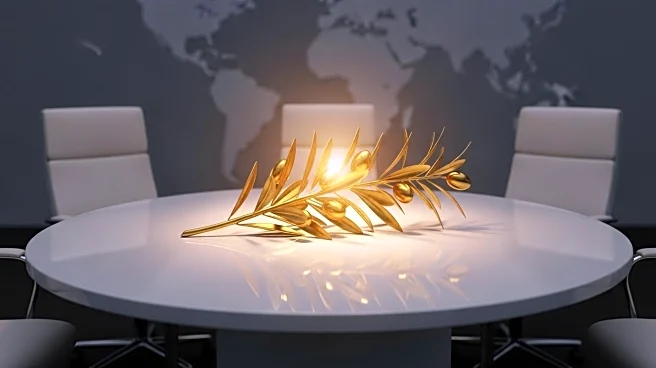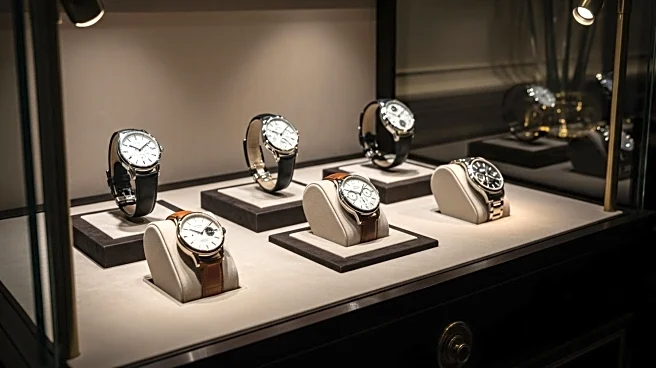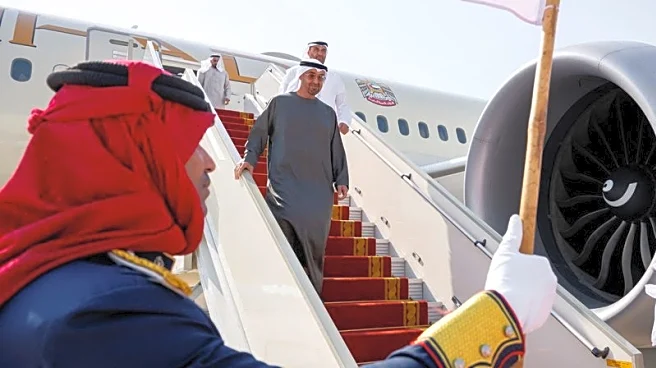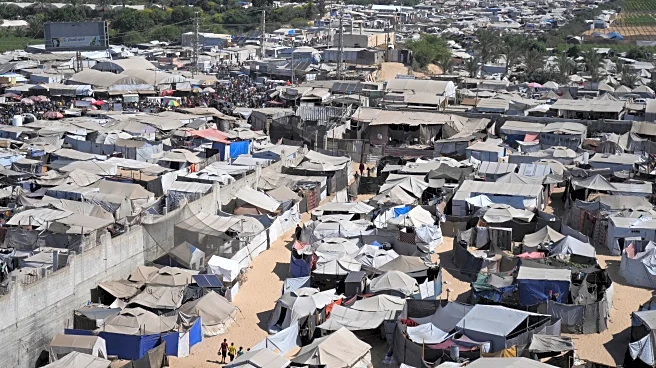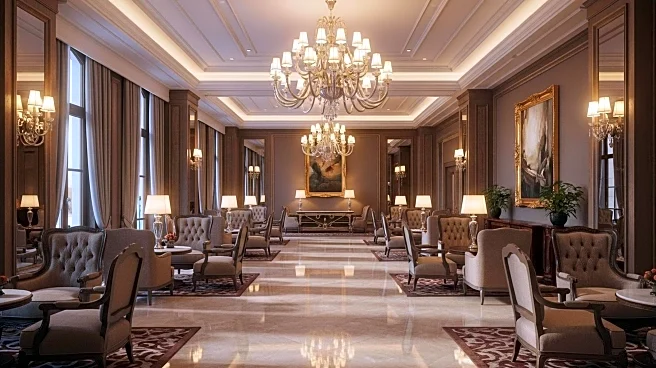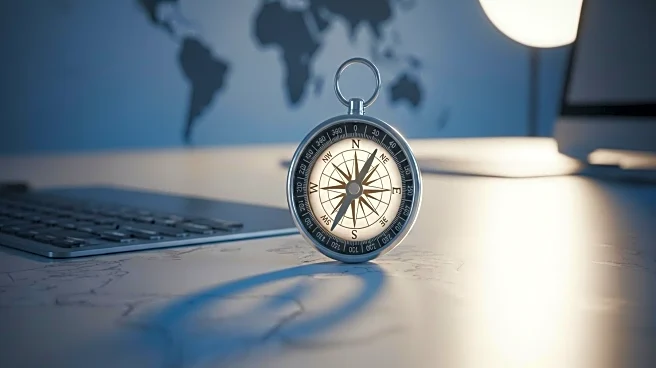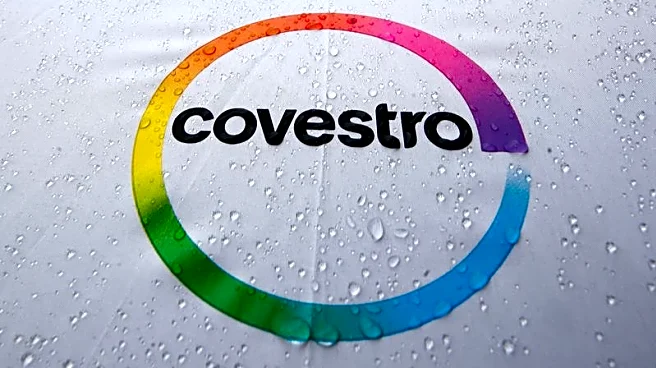What's Happening?
Sotheby’s is set to host its first Abu Dhabi Collectors’ Week from December 3 to 5, focusing on luxury marquee sales rather than art. The event will coincide with major happenings in the city, such as the Abu Dhabi Grand Prix and Abu Dhabi Finance Week. Sotheby’s aims to capitalize on the growing luxury market in the Middle East, which surged 6 percent last year, reaching nearly $13 billion. The auction house has partnered with Abu Dhabi’s sovereign wealth fund, ADQ, which purchased a minority stake to support Sotheby’s growth and innovation plans. The event will feature high-end items like Formula 1 cars, rare Rolex watches, and luxury diamonds, highlighting the emirate’s ambition to become a hub for art, culture, and luxury.
Why It's Important?
The Abu Dhabi Collectors’ Week represents a strategic shift for Sotheby’s, emphasizing luxury over traditional art sales. This move aligns with the Middle East’s burgeoning luxury market, projected to double by 2030. Sotheby’s aims to leverage this growth, potentially increasing its revenue from luxury sales, which have already tripled since 2019. The event underscores the UAE’s investment in creative industries, with Abu Dhabi allocating billions to develop cultural landmarks. While art sales in the region are growing, luxury goods remain the primary focus, reflecting broader economic trends and consumer preferences.
What's Next?
Sotheby’s plans to curate exclusive and rare items for the Abu Dhabi Collectors’ Week, aiming to attract global, regional, and local participants. The auction house is expected to focus on cultural relevance and provenance clarity to ensure success. The event could set a new benchmark for luxury sales in the region, potentially influencing future strategies for Sotheby’s and other auction houses. The outcome may also impact the perception of Abu Dhabi as a luxury destination, further integrating art and luxury markets.
Beyond the Headlines
The emphasis on luxury over art at Sotheby’s Abu Dhabi Collectors’ Week highlights a cultural shift in the region, where luxury goods are increasingly seen as status symbols. This trend may influence the art market, encouraging collectors to view art as part of a broader luxury portfolio. The event also raises questions about the role of art in luxury branding and the potential for art to enhance the value of luxury goods. As the Middle East continues to invest in cultural infrastructure, the interplay between art and luxury could redefine market dynamics.
